Sarah Sundin's Blog, page 239
December 5, 2017
Today in World War II History—Dec. 5, 1942
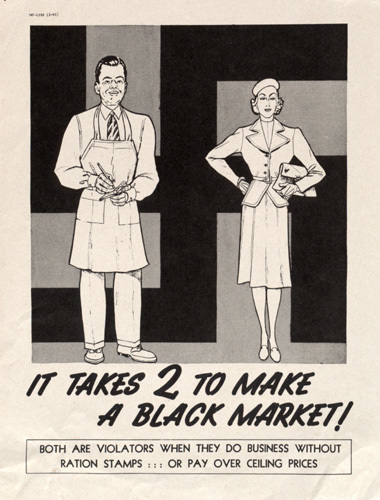
US poster, WWII
75 Years Ago—Dec. 5, 1942: President Roosevelt establishes Office of Economic Stabilization to control inflation.
New song in Top Ten: “There Are Such Things.”
December 4, 2017
Today in World War II History—Dec. 4, 1942
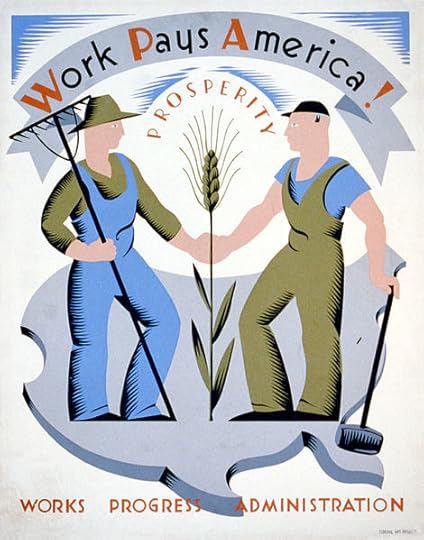
Poster for the Works Progress Administration (Library of Congress)
75 Years Ago—Dec. 4, 1942: Żegota (Council to Aid Jews) established in Warsaw by underground Polish Christians and Jews to find safe places for Polish Jews; about 4000 would be saved.
President Roosevelt cancels Depression-era Works Progress Administration (WPA).
US Ninth Air Force, based in Egypt, bombs Naples (Rommel’s supply port) in first US attack on Italy.
December 3, 2017
Today in World War II History—Dec. 3, 1942
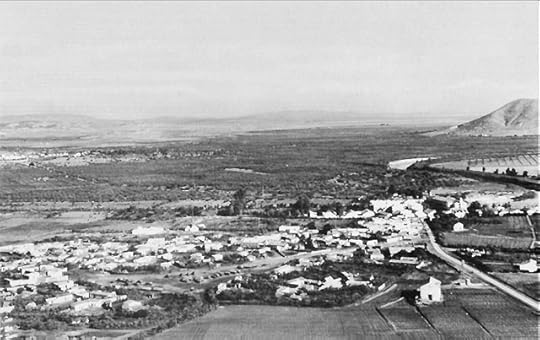
El Bathan, Tunisia, the Medjerda river, and Tebourba, the cluster of white buildings in the left background (US Army Center of Military History)
75 Years Ago—Dec. 3, 1942: Germans reoccupy Tebourba, Tunisia; in battle for Tebourba, Germans first use Tiger I tank in North Africa.
December 2, 2017
Today in World War II History—Dec. 2, 1942
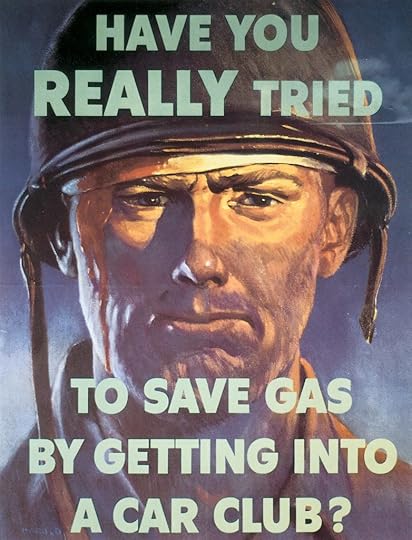 75 Years Ago—Dec. 2, 1942: The first nuclear chain reaction ever is started by Enrico Fermi at the University of Chicago.
75 Years Ago—Dec. 2, 1942: The first nuclear chain reaction ever is started by Enrico Fermi at the University of Chicago.
President Roosevelt establishes Petroleum Administration for War to supervise the oil industry.
December 1, 2017
Today in World War II History—Dec. 1, 1942
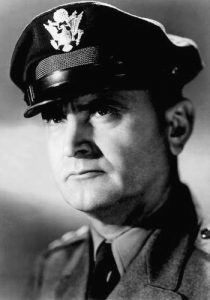
Lt. Gen. Ira Eaker, 1945 (US Army Air Force photo)
75 Years Ago—Dec. 1, 1942: Maj. Gen. Ira Eaker replaces Maj. Gen. Carl Spaatz in command of US Eighth Air Force, based in England.
Australians capture Gona, New Guinea.
Control of “Hump” flights (India to China over the Himalayas) passes from US Tenth Air Force to US Air Transport Command.
In the United States, gas rationing goes into effect nationwide, a national “Victory” speed limit of 35 mph is instituted, and pleasure driving is banned. Read more: “Make It Do—Gasoline Rationing in World War II.” 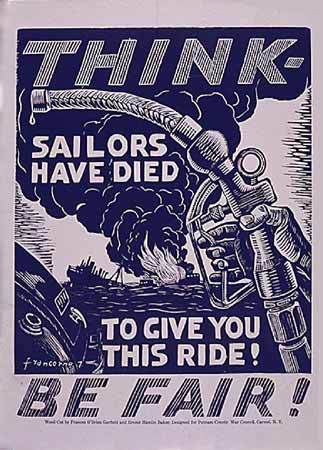
November 30, 2017
Today in World War II History—Nov. 30, 1942
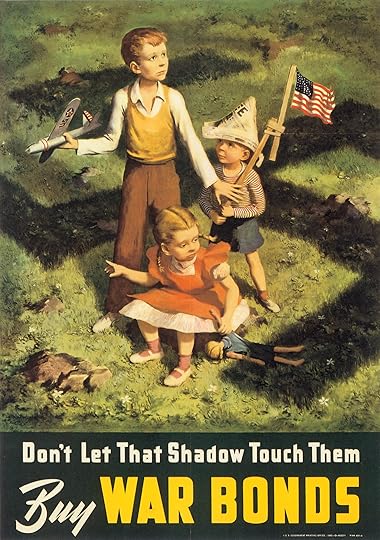 75 Years Ago—Nov. 30, 1942: In Tunisia, Allied offensive halts between Tebourba and Djedeïda due to inadequate air power.
75 Years Ago—Nov. 30, 1942: In Tunisia, Allied offensive halts between Tebourba and Djedeïda due to inadequate air power.
Battle of Tassafaronga: US ships repulse Japanese off Guadalcanal with heavy losses on both sides.
First flight of North American XP-51B Mustang (with US Packard-built Merlin engine), at Inglewood, CA.
US First War Loan Drive begins, runs through 12/23. Read more: “World War II War Bonds”
November 29, 2017
World War II War Bonds
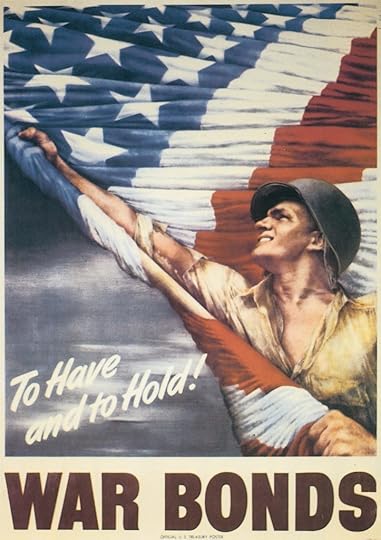
US War Bond poster, WWII
Seventy-five years ago this week, the United States held its first War Loan Drive. The Second World War cost the United States $300 billion dollars, with the federal budget rising from $9 billion in 1939 to $98 billion in 1945. How was the nation to pay for that?
Taxes were increased with an additional 5 percent Victory Tax. To assure payment, on June 10, 1943 the government approved the first automatic deduction of taxes from paychecks. But more was needed, and the government turned to bonds, which had been effective in World War I. War bonds were sold at 75 percent of face value (a $25 bond sold for $18.75) and matured over ten years. While the rate of return was below market value, bonds were a stable investment with the bonus of aiding the war effort. Channeling cash into bond purchases helped prevent inflation in the robust wartime economy as well.
How Bonds Were Purchased
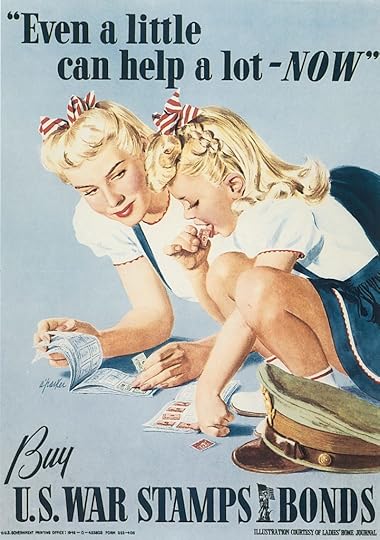
US War Bond Poster, 1942
Defense Bonds first went on the market on May 1, 1941, and they were renamed War Bonds after the US entered the war in December 1941. Bonds were available in denominations of $25 through $1000, designed to be affordable for everyone. For 10 cents, people could purchase stamps, which were placed in special albums. When full, the albums were redeemed for a bond. War stamps were especially popular with children.
Employers set up automatic payroll deduction systems, so employees could set aside a certain amount for War Bonds with each paycheck. A robust advertising campaign, rallies and other promotions, and a series of War Loan Drives brought in even more needed money.
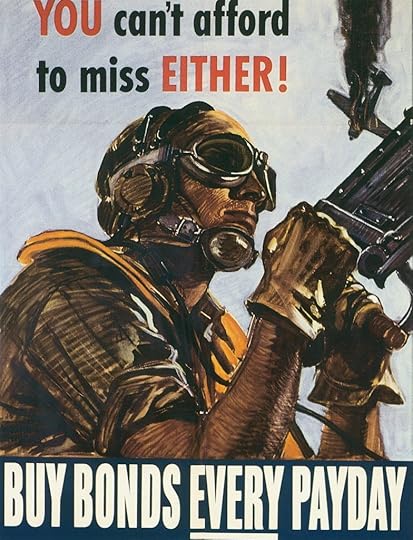
US War Bond poster, WWII
Advertising War Bonds
As part of the war effort, many newspapers, magazines, and radio stations donated advertising space and time. Posters sprang up in store fronts. Even comic books got in the act as superheroes promoted bond sales. Popular songs also encouraged sales, such as Bing Crosby’s recording of “The Road to Victory” for the Sixth War Loan Drive.
Promotions for War Bonds
Bond rallies were extremely popular, featuring Hollywood stars and popular musicians. Celebrities conducted auctions – a kiss from Hedy Lamarr, Betty Grable’s stockings, Jack Benny’s violin, and the horseshoes of Triple Crown winner Man O’ War. Movie theaters and baseball stadiums sometimes offered free admission with the purchase of a War Bond. At the UCLA-USC game on 12 December 1942, a student-led war bond drive raised $2 million.
War Loan Drives
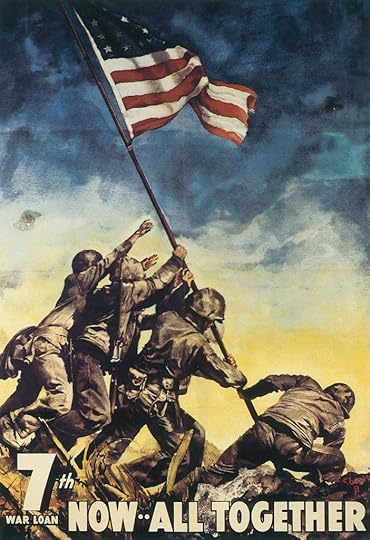
Poster for US Seventh War Loan Drive, 1945
Eight War Loan Drives were conducted in the US from 1942 to 1945. Each was meant to raise an additional $9-$15 billion in sales. Towns received quotas, with the aim of promoting competition between towns. Volunteers went door-to-door, pleading for sales and rewarding purchasers with stickers to display on their window or door. The drives were conducted on the following dates:
First War Loan Drive: Nov. 30 to Dec. 23, 1942
Second War Loan Drive: Apr. 12 to May 1, 1943
Third War Loan Drive: Sep. 9 to Oct. 1, 1943
Fourth War Loan Drive: Jan. 18 to Feb. 15, 1944
Fifth War Loan Drive: June 12 to July 8, 1944
Sixth War Loan Drive: Nov. 20 to Dec. 16, 1944
Seventh War Loan Drive: May 14 to June 30, 1945
Victory Loan Drive: Oct. 29 to Dec. 8, 1945
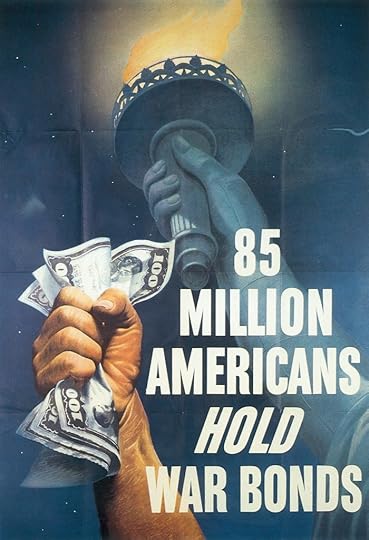
US War Bond Poster, 1945
By the end of the war, 85 million Americans (out of a population of 131 million) had purchased $185.7 billion dollars of bonds – over $2000 per person, at a time when the average income was $2000 per year.
The patriotism and personal sacrifice of the average citizen played a significant part in the Allied war effort.
Today in World War II History—Nov. 29, 1942
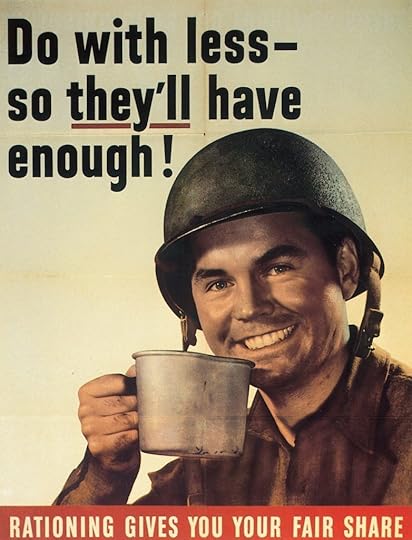
US poster, 1943
75 Years Ago—Nov. 29, 1942: Coffee rationing begins in the United States. Read more: “Make It Do—Coffee Rationing in World War II.”
November 28, 2017
Today in World War II History—Nov. 28, 1942
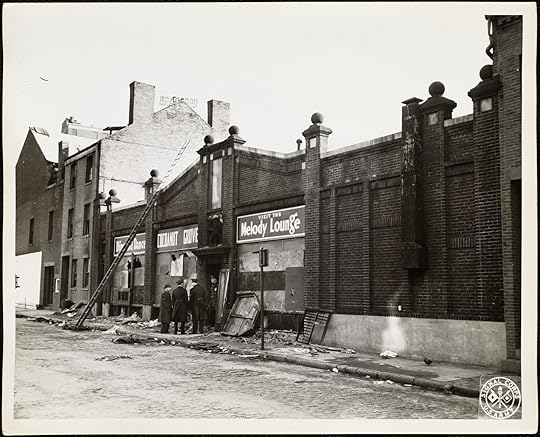
Cocoanut Grove nightclub after the fire, Boston, MA, 30 November 1942 (US Army Signal Corps photo)
75 Years Ago—Nov. 28, 1942: In Boston, a fire at the Cocoanut Grove nightclub kills 492.
Movie premiere of George Washington Slept Here, starring Jack Benny and Ann Sheridan.
November 27, 2017
Today in World War II History—Nov. 27, 1942
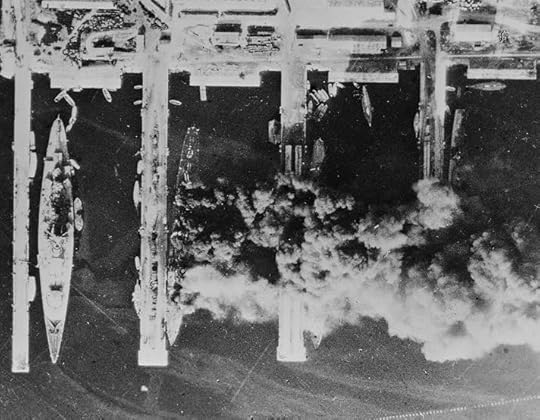
French ships Strasbourg, Colbert, Algérie, and Marseillaise burning in Toulon harbor, France, after being scuttled, 28 Nov 1942; photo taken by RAF aircraft (Library of Congress)
75 Years Ago—Nov. 27, 1942: Germans take Toulon, France.
French scuttle fleet in Toulon so warships won’t fall into German hands (77 ships).
Goodrich produces its first bale of synthetic rubber in the US rubber program.



